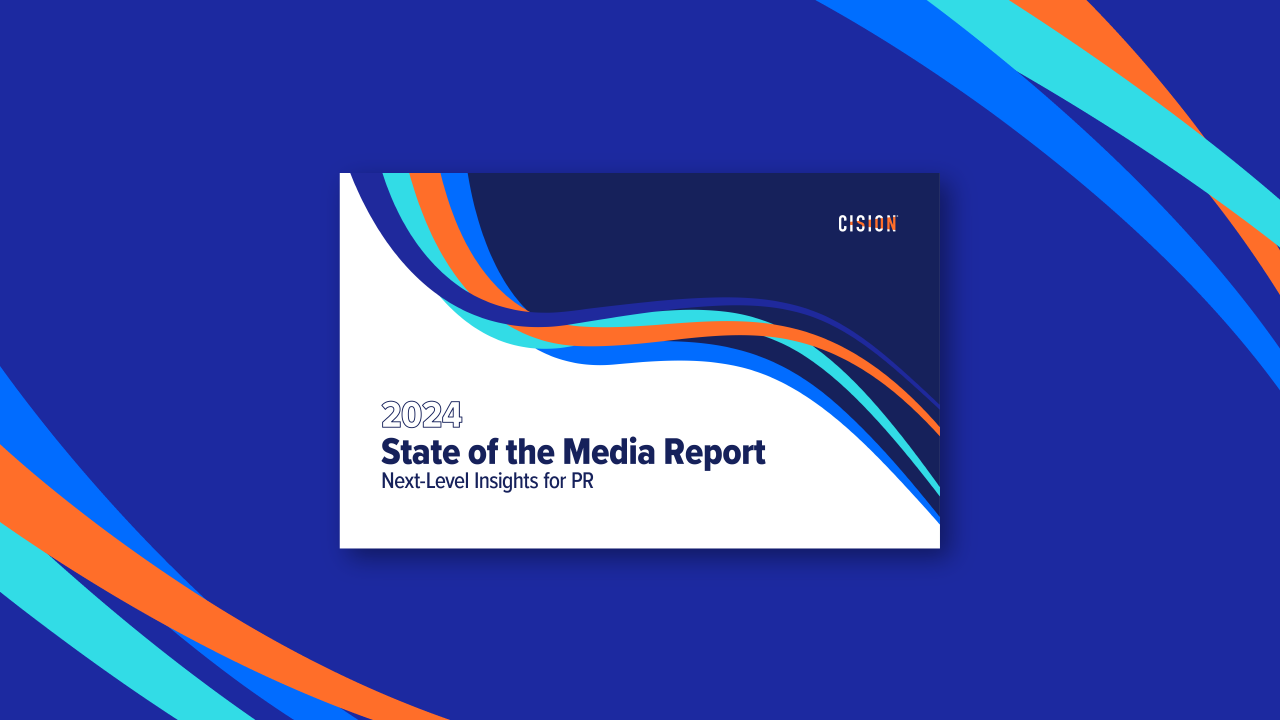Regional in tone but global in ambition, today’s communications professionals need to straddle the line between crafting a universal message in their campaigns, while remaining personal and accessible.
This, of course, is much easier said than done!
In order to gain momentum, the stories we write must not only speak to the individual and resonate with their lives but also appeal to certain universal human truths.
Today's brands should assume that their campaigns operate without borders and adjust their communications strategy accordingly, to accommodate rapid scaling into new markets.

The relentless rise of digital media and mobile has changed the way stories evolve. The social media landscape, where most of us spend an average of 145 mintues a day, is borderless and largely free from constraints of time and place (the Metaverse vision).
Stories may spark and simmer from a single epicentre. They may also erupt simultaneously across audiences and locations. What is key to consider now though, is how movements spread, develop and take on a unique form of their own.
Witness the way the #BlackLivesMatter movement leapt almost instantly from a highly-localised story to an international campaign that reverberated from South Africa to West Papua. Each new territory adapted the central theme to its local context, but the overall message remained coherent and powerful. It was universal.
Brands can break free of their bonds and remove the limits on which audiences they want to engage. To reach those markets, however, they need to consolidate their structure and messaging to deliver a coherent proposition. They also need to familiarise themselves with the cultural intricacies of specific regions to localise their messages effectively.
The importance of effective cross-cultural communication
According to communications leader Genevieve Hilton: “Cultural proficiency doesn’t mean memorising every cultural nuance of every market. It’s about knowing when to listen, when to ask for help, and when to - finally - speak.”
Cultural proficiency is key to establishing a cross cultural communication model in order to ensure smooth dialogue between two or more parties. It’s about identifying barriers that can impede conversational flow, navigating differences and finding common grounds of understanding at more personal and individual levels.
Take for example how Hyundai experienced difficulties in the early 1990s when trying to expand production to Canada. The main problem was that the company didn’t adapt the design of the Sonata for North American consumers. As a result, they lost their market share to Toyota’s Camry and Honda’s Accord. From this, Hyundai learnt that they must learn to adapt to “unfamiliar and uncertain economic and cultural contexts”.

To establish themselves as a truly global enterprise, Hyundai started investing in employee backpack travel programmes around the world. This allowed employees to successfully assimilate into cultures Hyundai was targeting at a more personal level, interacting as individuals, rather than representatives of a wider corporation looking to study and understand their cultures as outsiders. This initiative went a long way towards helping them to translate communications into business success.
Taking a page out of Hyundai’s book, all communications professionals should take the time to understand how successful global communication requires more than merely cultural adaptation.
Training and developing communicators to understand individual similarities and differences to personalise a universal message is just as important.
This helps to safeguard brands from offending cultural sensibilities or becoming embroiled in taboo topics, without watering down their central message. Telling global stories then becomes a lot easier and more effective.
Telling global stories
In the case of communications, brands must think in terms of audience first and location second. Gen Z and Millennials in particular speak a more universal language, whether it’s through Twitch streams, memes or TikTok videos that are less restricted to geographical location.
The media, news and entertainment they consume is international - their values increasingly shared. Brands who make a point of adapting messaging to a perceived national or regional stereotype might blunder in doing so where the choice seems forced or contrived.
The challenge is in telling a story that echoes internationally, and for that, brands need both storytellers and the correct platforms. In some cases, domestic influencers and journalists may already have a global reach.
After all, the modern journalist’s beat is global not local thanks to social media. Having a robust database of journalists and influencers globally, who can take a global story and adapt it effectively to suit regional sensibilities is key.
Generally, however, the task is to reach out to top-performing contacts who typically cover the target sector in the target region. With media monitoring tools, comms teams can locate the most powerful voices and track their engagement and authority in terms of audience and location. And that’s where Cision’s Communication CloudⓇ can serve as an invaluable resource.
With its extensive database of international journalists and influencers, media monitoring, data analysis, measurement, and reporting facilities, Cision’s Communication CloudⓇ is a holistic platform that is instrumental in creating and executing engaging global campaigns. To learn more, get in touch for a personalised demo.
Most Recent Posts
Cision Resources
-
E-books and Guides
Comprehensive how-to guides on strategy and tactics
-
Case Studies
What are other brands doing – and how can we learn from them?
Learn More. Do More. demo new
PR Tips, Case Studies, and Product Updates

The 2024 State of the Media Report
This year, we surveyed 3,000 journalists globally to uncover their main challenges, such as changing audience behaviours, industry downsizing, and AI's rapid growth. We explore how these challenges affect media relations teams and the opportunities...

[On-Demand Webinar] The Next Generation of Media Intelligence: From Gorkana to CisionOne
Explore CisionOne, a revolutionary media intelligence platform, and the evolution of Gorkana. Learn key features and strategies from Luke Williams, CisionOne Product Marketing Manager. Elevate your media outreach to new heights!

How Ellisphere Boosted Campaign Engagement and Visibility
Find out how Ellisphere increased engagement on their campaign content by up to 48% using our Multichannel News Releases and Guaranteed Paid Placement.